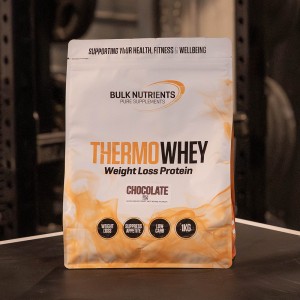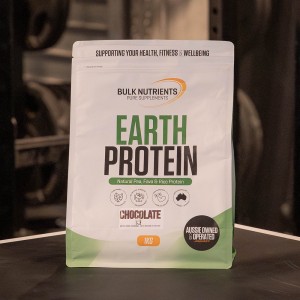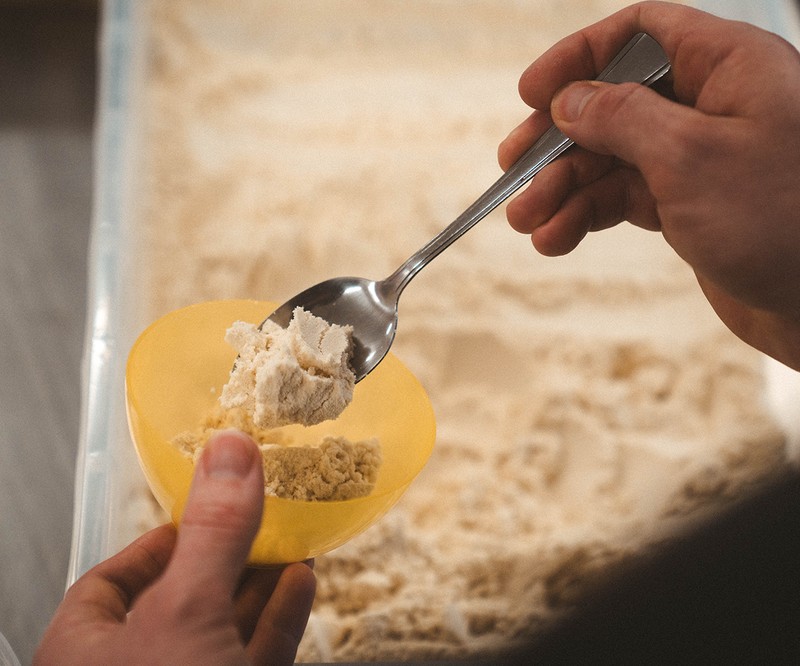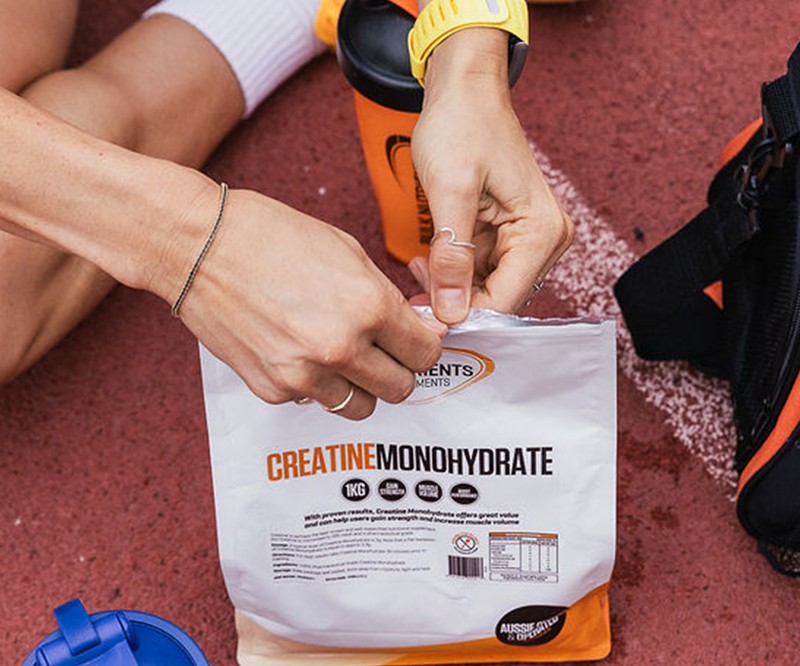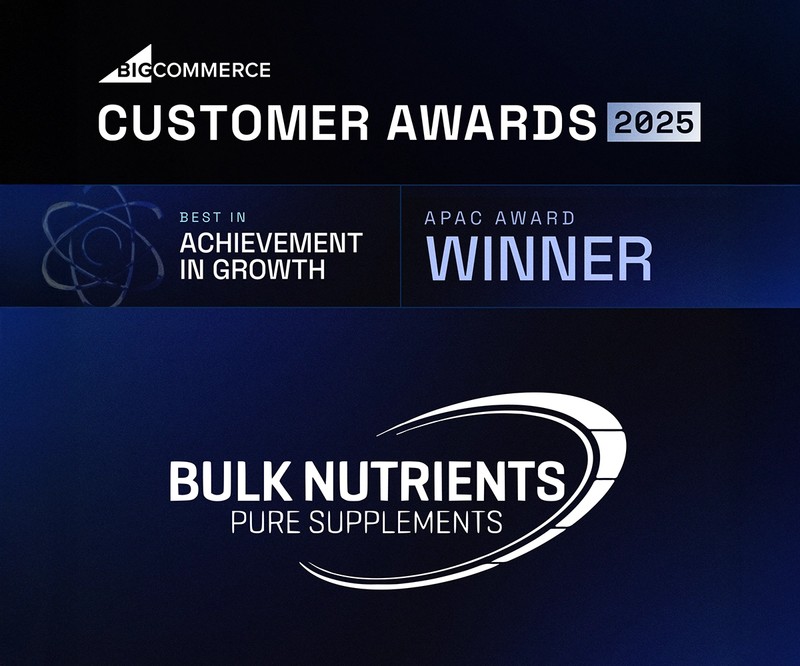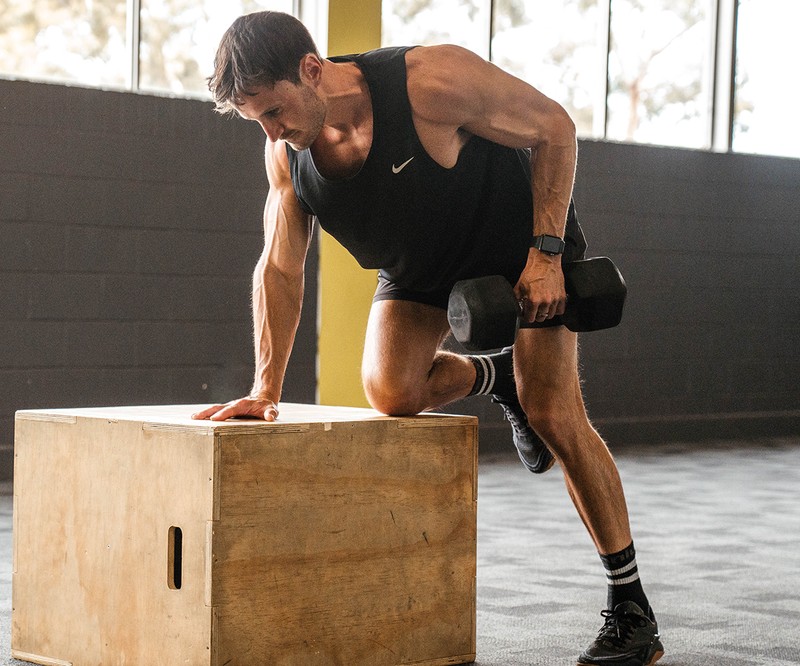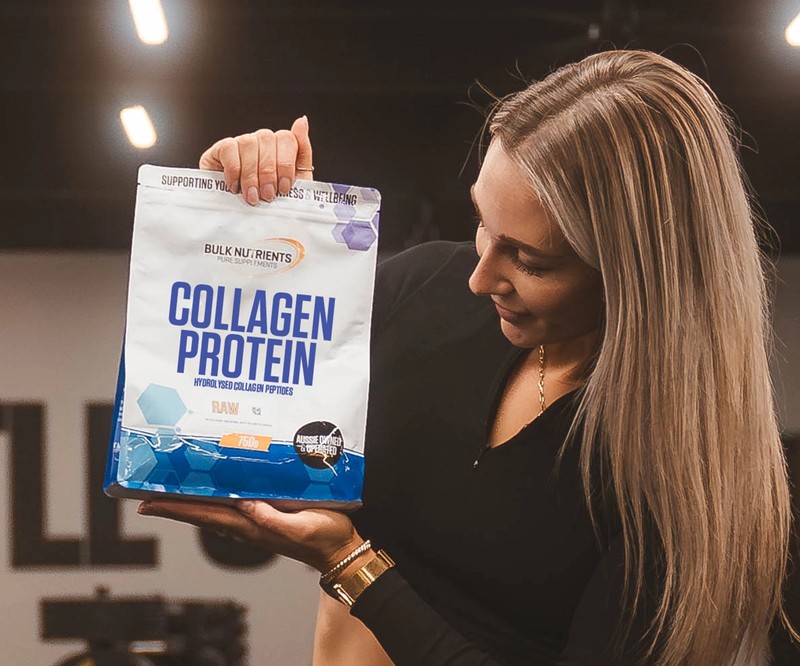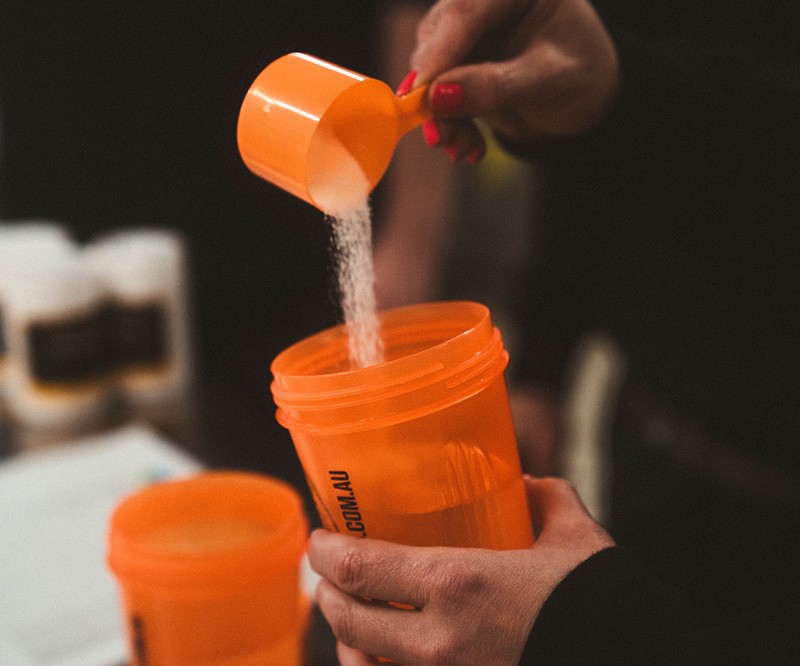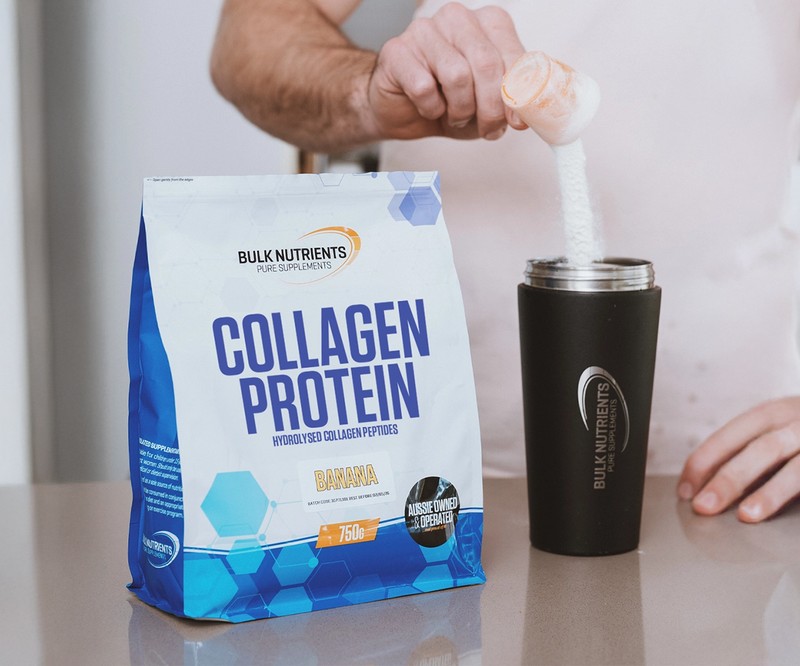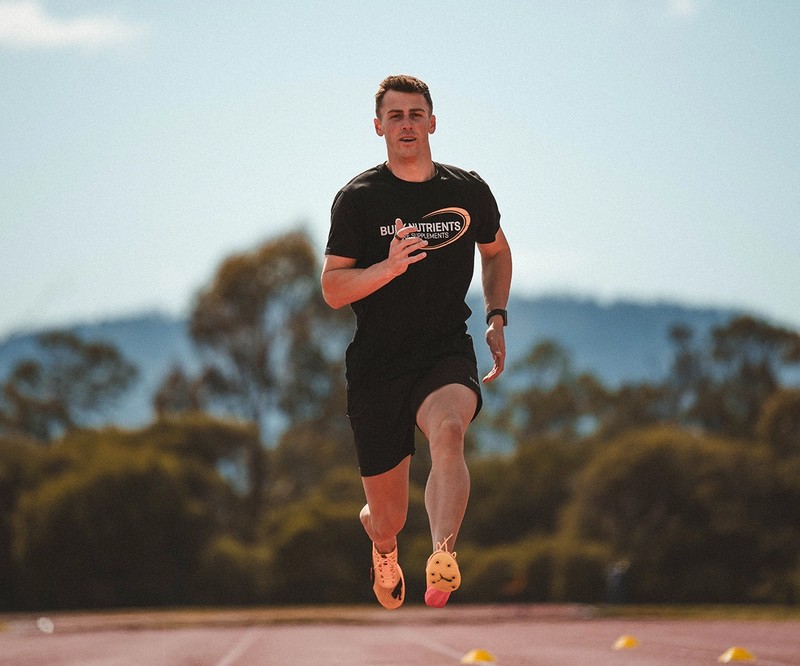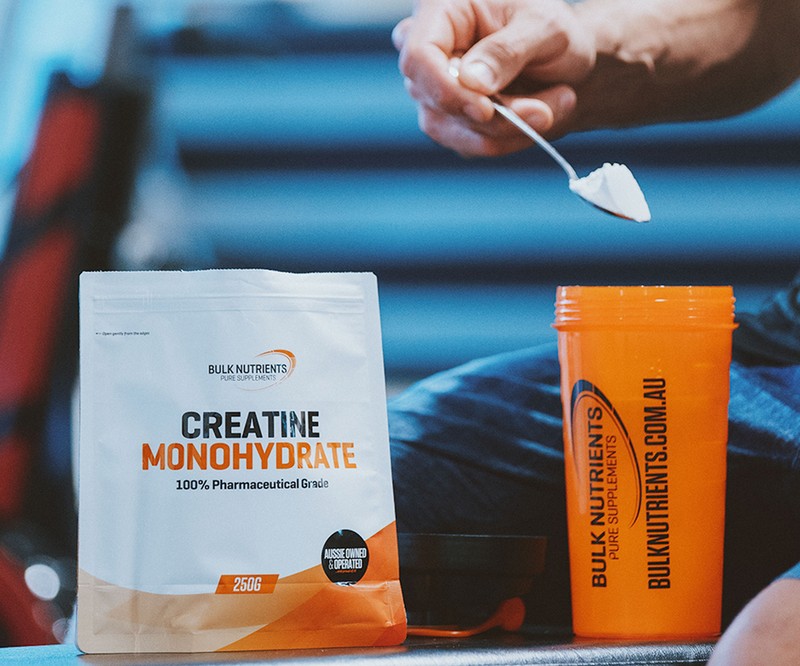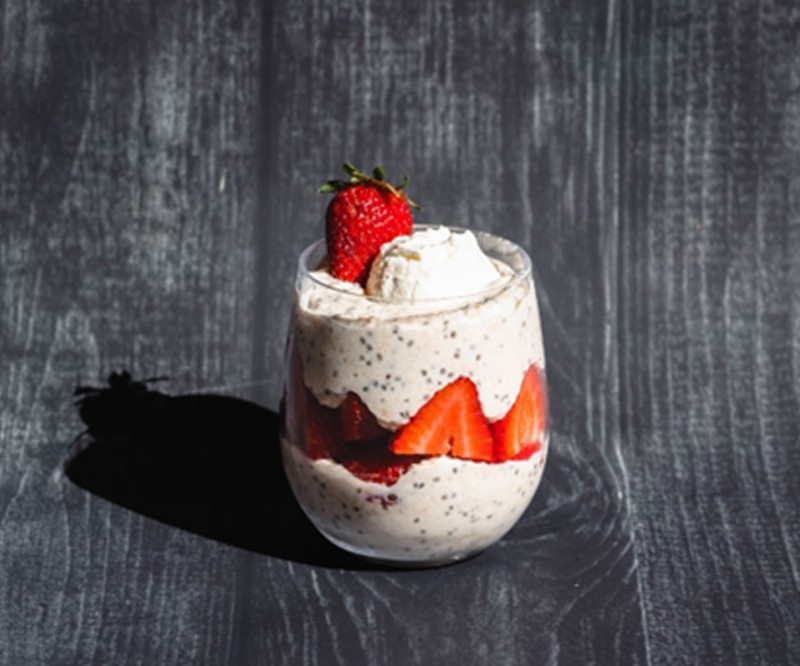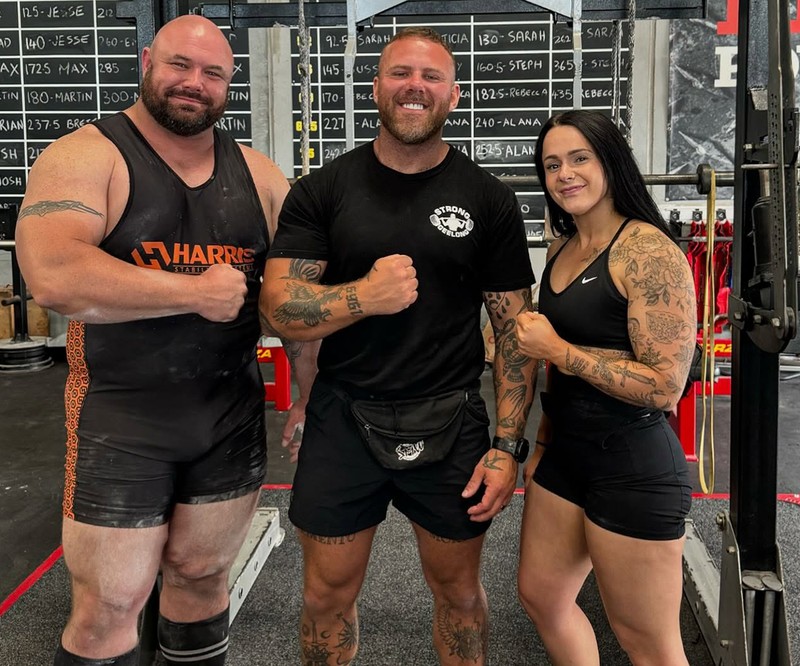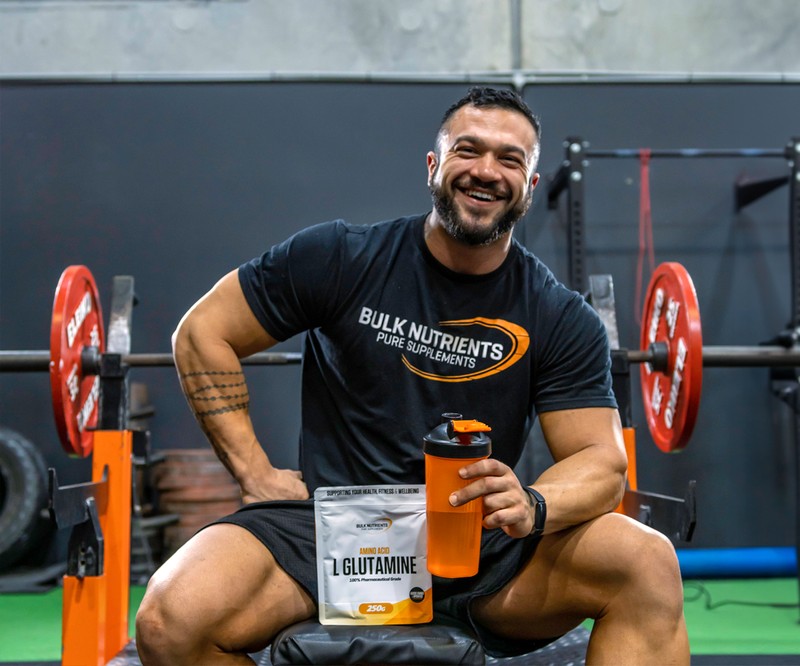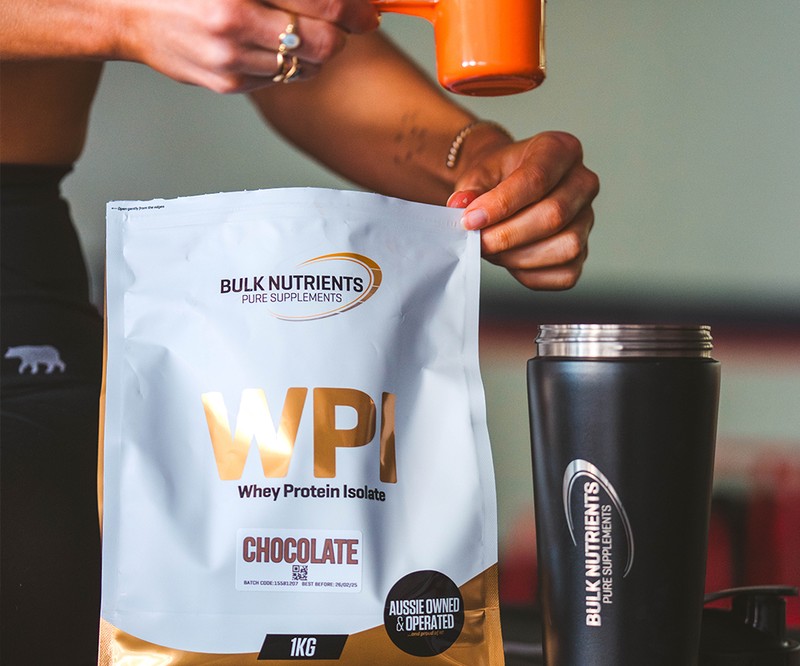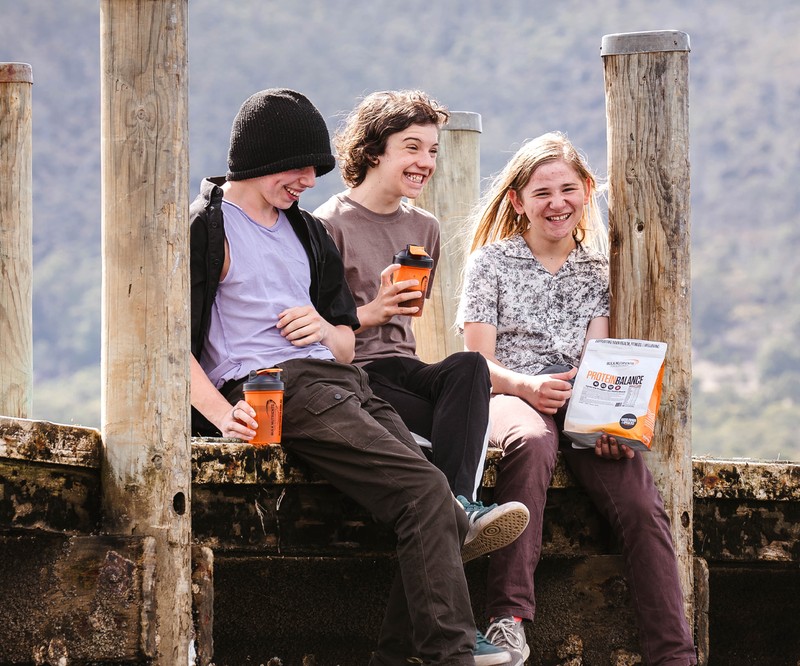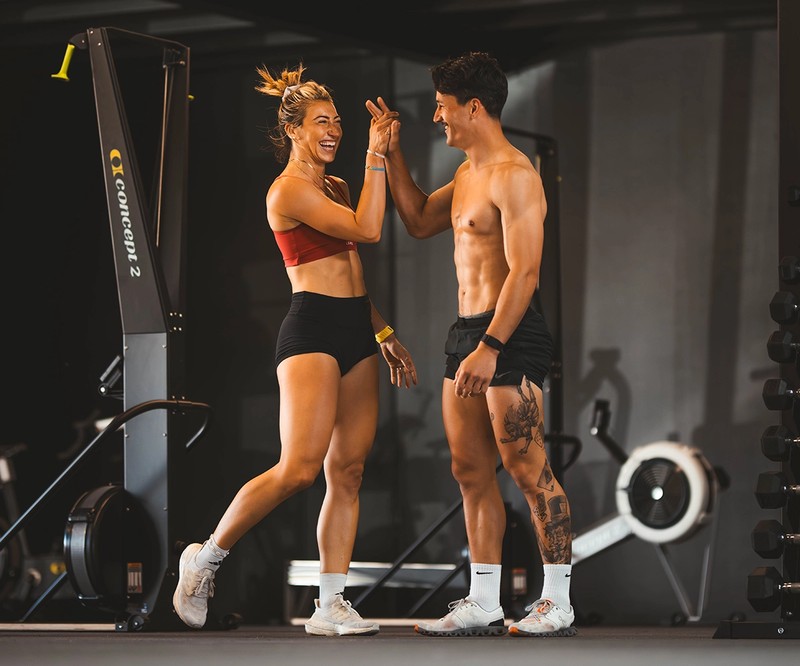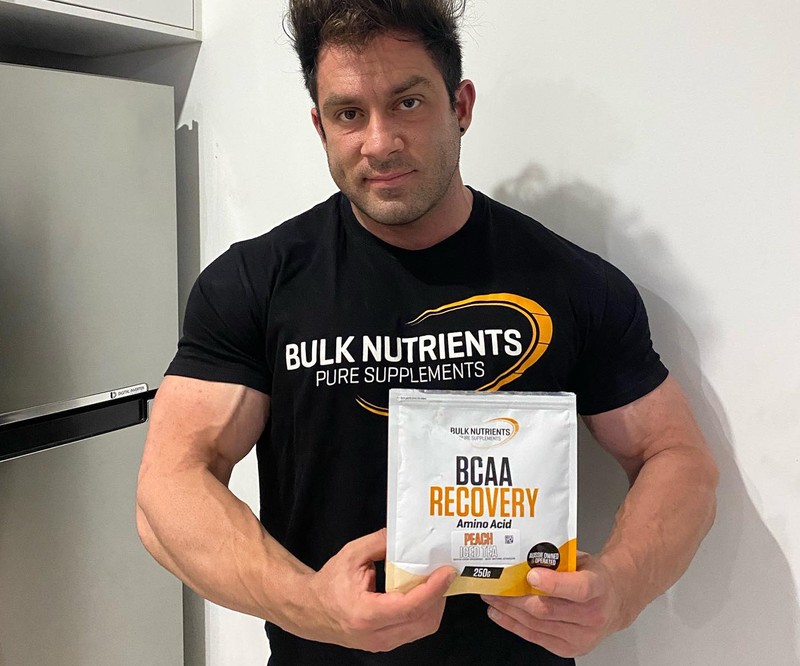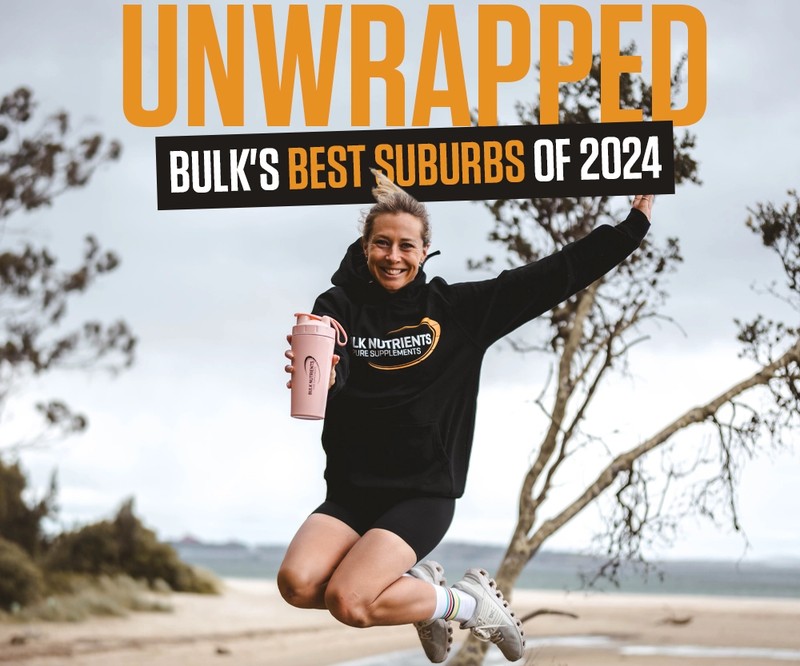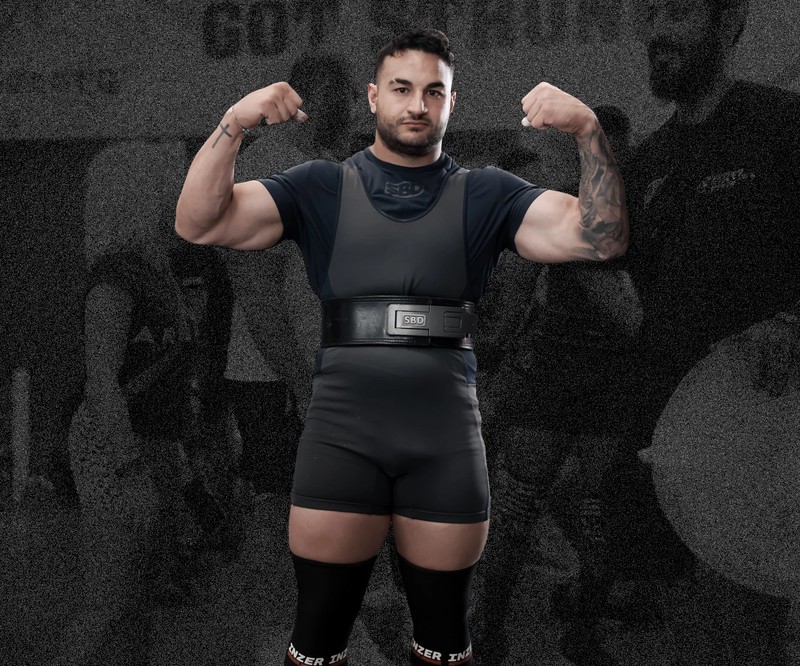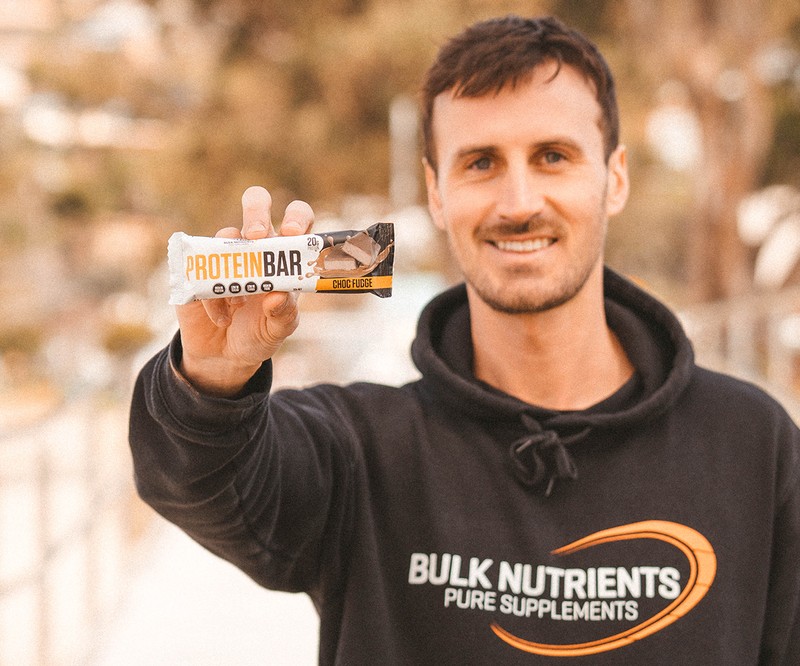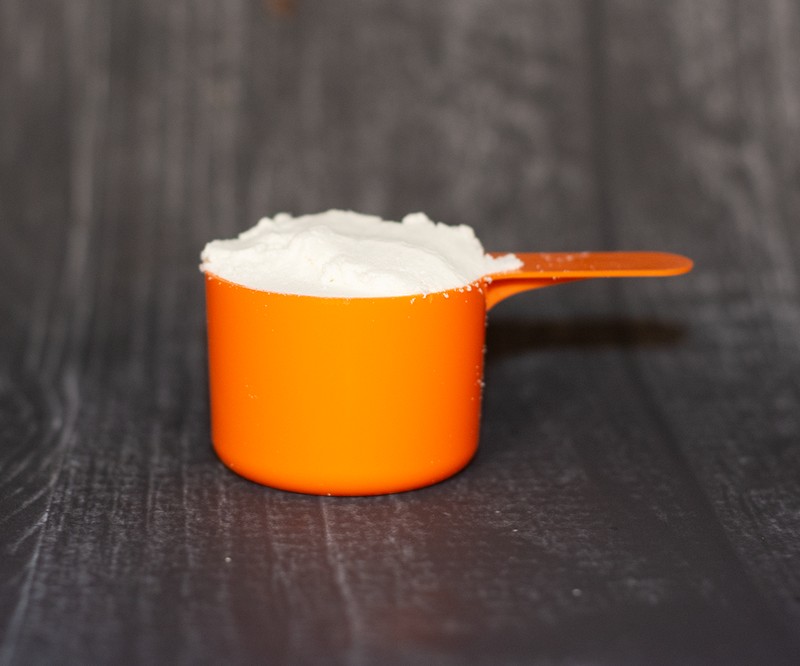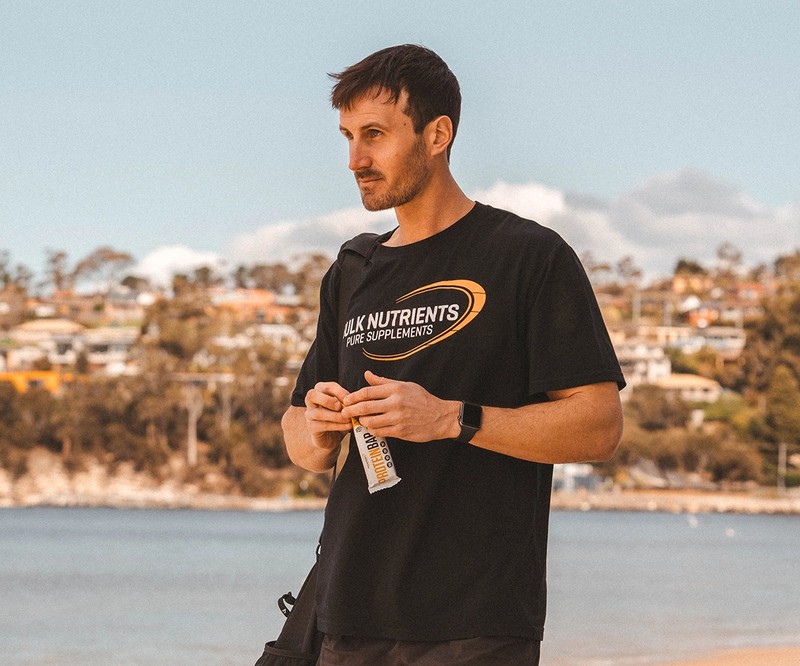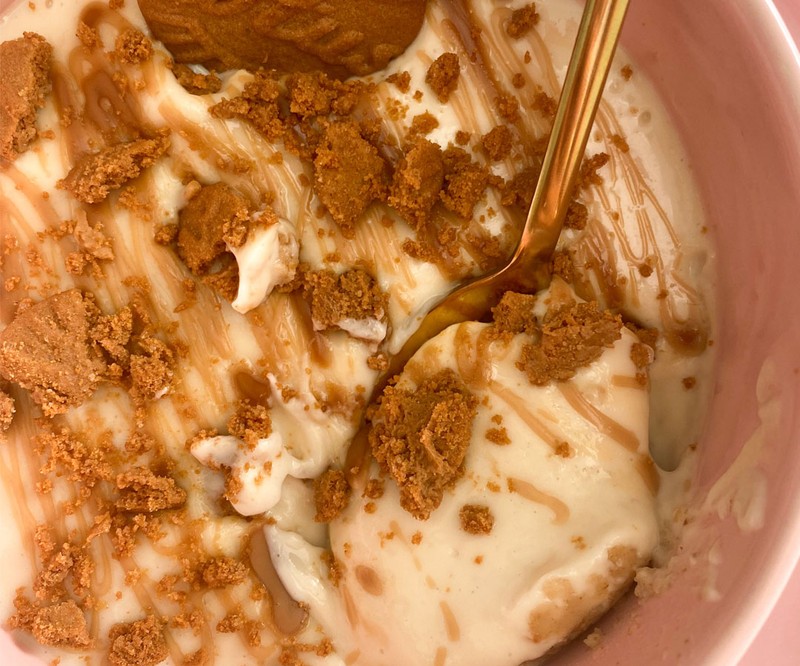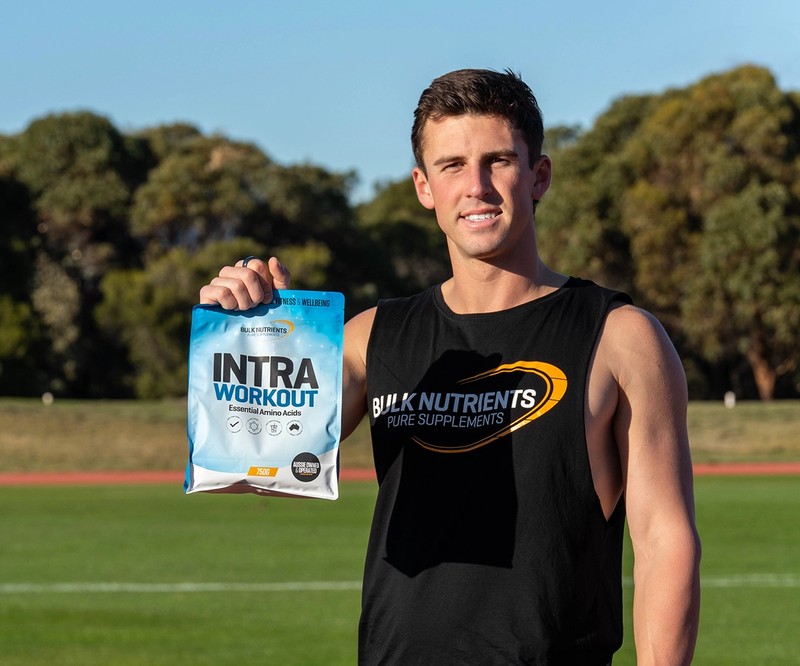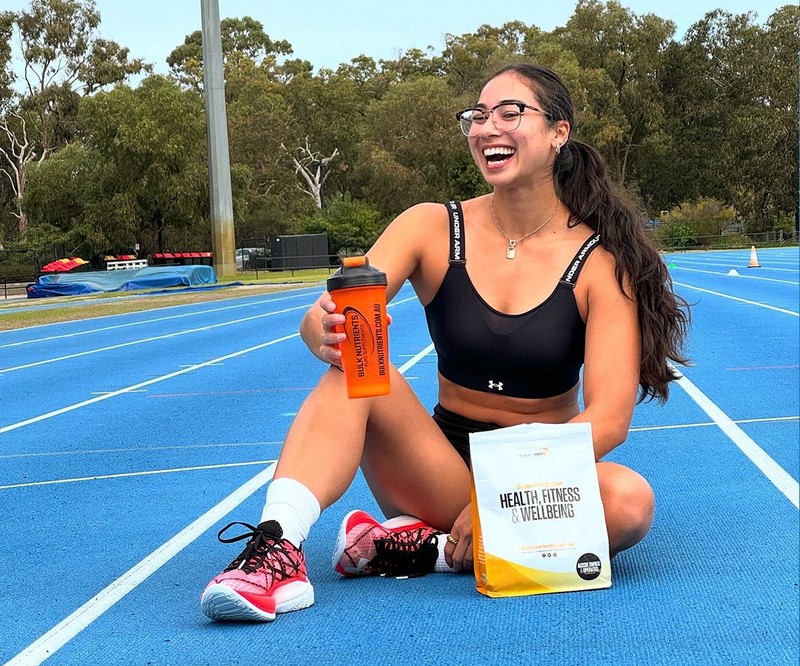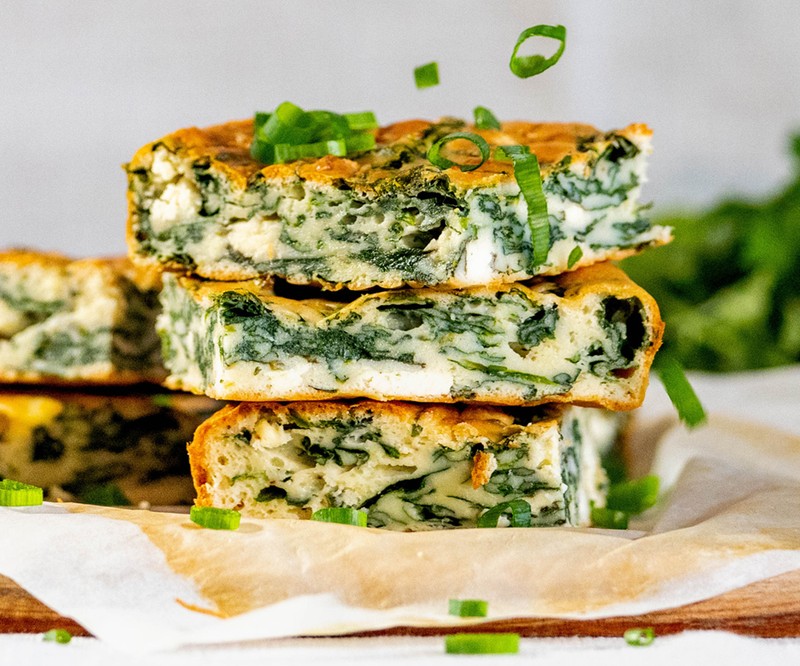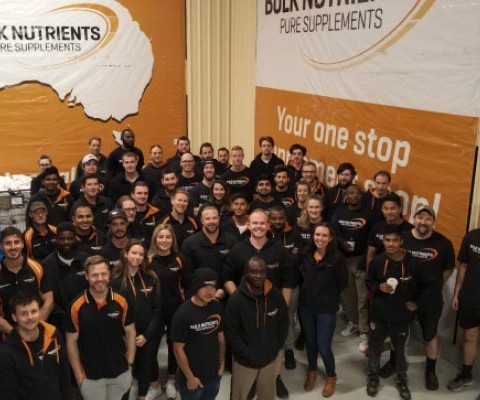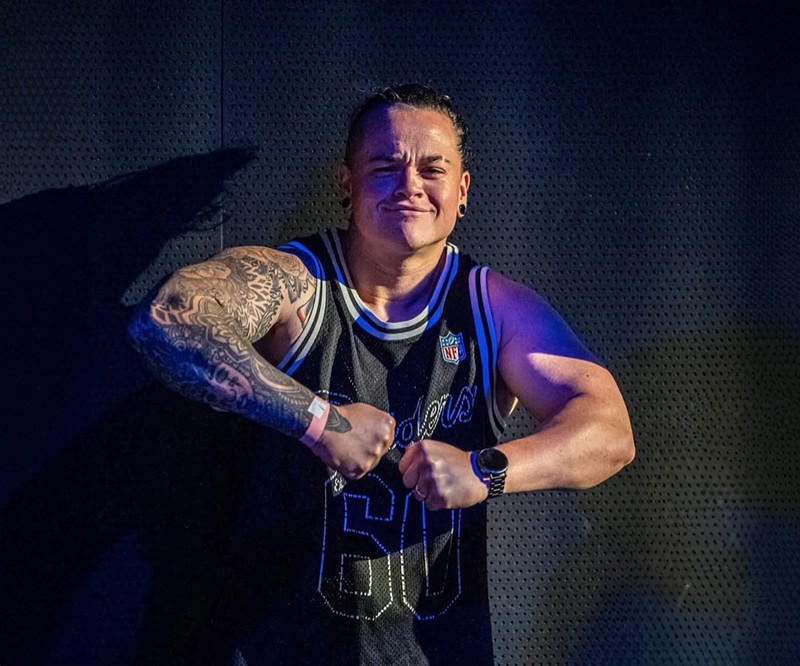All You Need to Know About Muscle Memory

Muscle memory is key to making up lost gains
It can be hard to stay motivated all year long. Life, children, illness, work, school and family can all get in the way our fitness goals.
Here at Bulk Nutrients, we’re looking forward to positive vibes only. Yes most of us have lost progress at some point, but I can tell you, this comes back really quickly! Thanks to ‘muscle memory’ we’re all in prime position. In short, when you strength train you are damaging your muscle fibres. This causes nearby satellite cells to flock to damaged muscle cells and donate nuclei for repair and recovery. The new myonuclei increase the muscle cells ability to grow stronger and bigger. Once inside a muscle cell, myonuclei stick around for a very long time, possibly forever.
So how does this apply to those of us who haven’t lifted weights or trained optimally in many months? A lot! In this article, I will teach you how to apply muscle memory using progressive overload and start making progress again.

Muscle memory saves the day
Over the months or years that you were training at the gym, you would have gained a decent amount of muscle. Although during this time you might have lost a considerable amount of this muscle for whatever reason, your body is primed for rapid muscle regrowth when you start training again. This describes how muscle memory works, thankyou science and the human body for allowing us this opportunity to gain most of that hard-earned muscle back!
Prevent poor performance and progress with a solid plan
Always go into the gym with a plan. A well-structured workout plan is advisable instead of just going into the gym choosing random weights and exercises. Instead, look no further than these tips to create a plan best suited to our current situation.
Tracking your workouts using progressive overload
This is something that often gets overlooked, how many sets should you do per muscle group? Most people don’t track the actual weights and sets they perform they just think in their head they know how much they did last time. I have been guilty of this in the past and I see almost 90% of people training not tracking their workouts. We need to be ensuring we are progressing and adhering to progressive overload. In short, progressive overload refers to the process of gradually overloading the body with either volume, intensity, frequency, or time to reach a specific goal.
Research has found traditional bodybuilding splits such as one body part per day is not the most optimal way to train for muscle growth, this is why we’re focusing on progressive overload here.
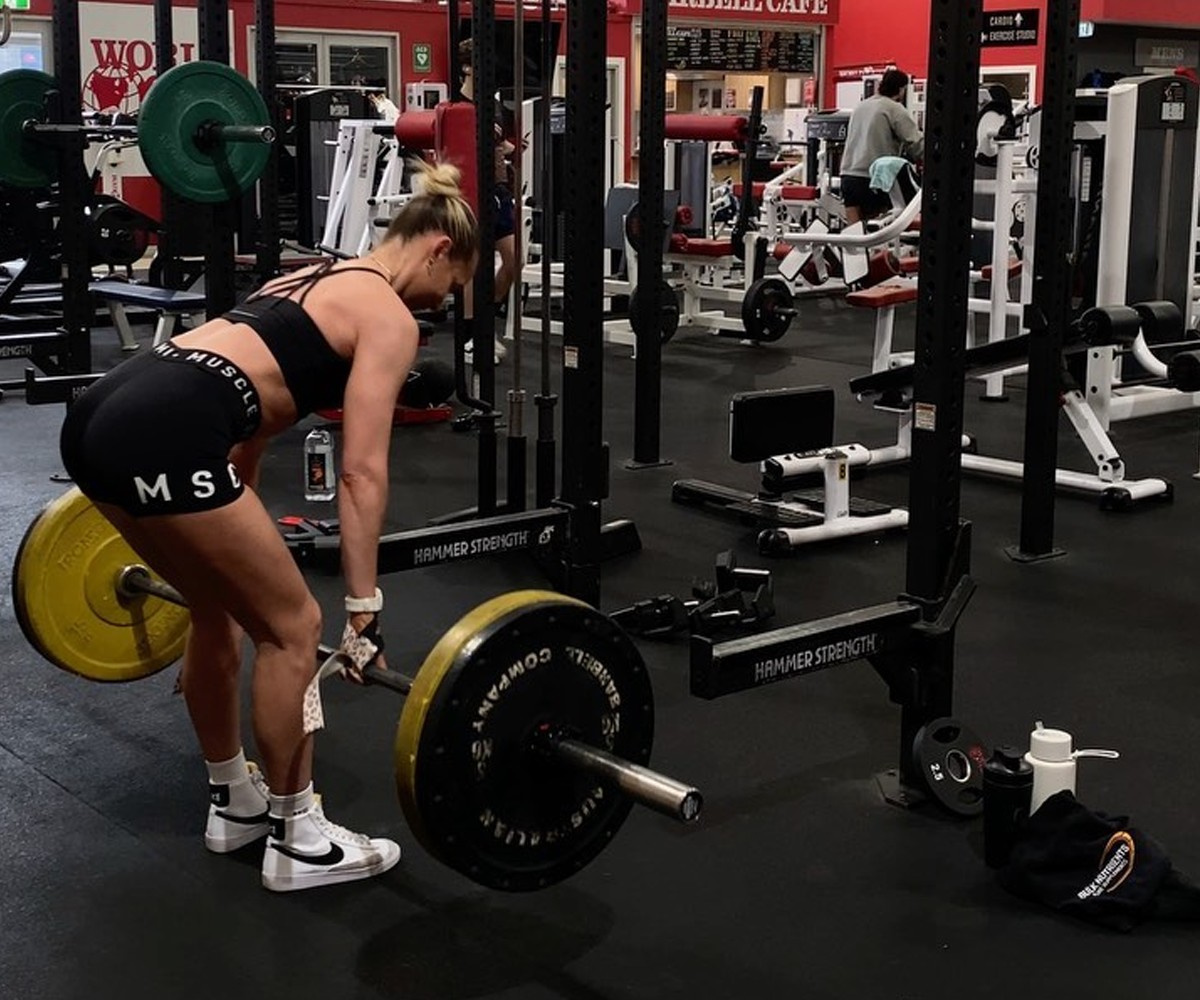
Volume for progression over time
Volume applied to progressive overload is the total amount of weights and sets lifted within the training session.
For example,
Week 1: Ben’s back workout consists of;
- 3 Sets of Seated Row at 80kg
- 2 Sets of Lat Pull Down at 50kg
- 3 Sets of Rack Pulls at 200kg
- 2 Sets of Shrugs at 30kg
Week 2: Ben’s workout consists of;
- 3 Sets of Seated Row at 85kg
- 3 Sets of Lat Pull Down at 50kg
- 4 Sets of Rack Pulls at 200kg
- 2 Sets of Shrugs at 35kg
As you can see here, there all small changes in the sets and weights. I usually try to add weight first, if you’re not your strongest in the gym that day it’s probably best to increase the sets before increasing weights.
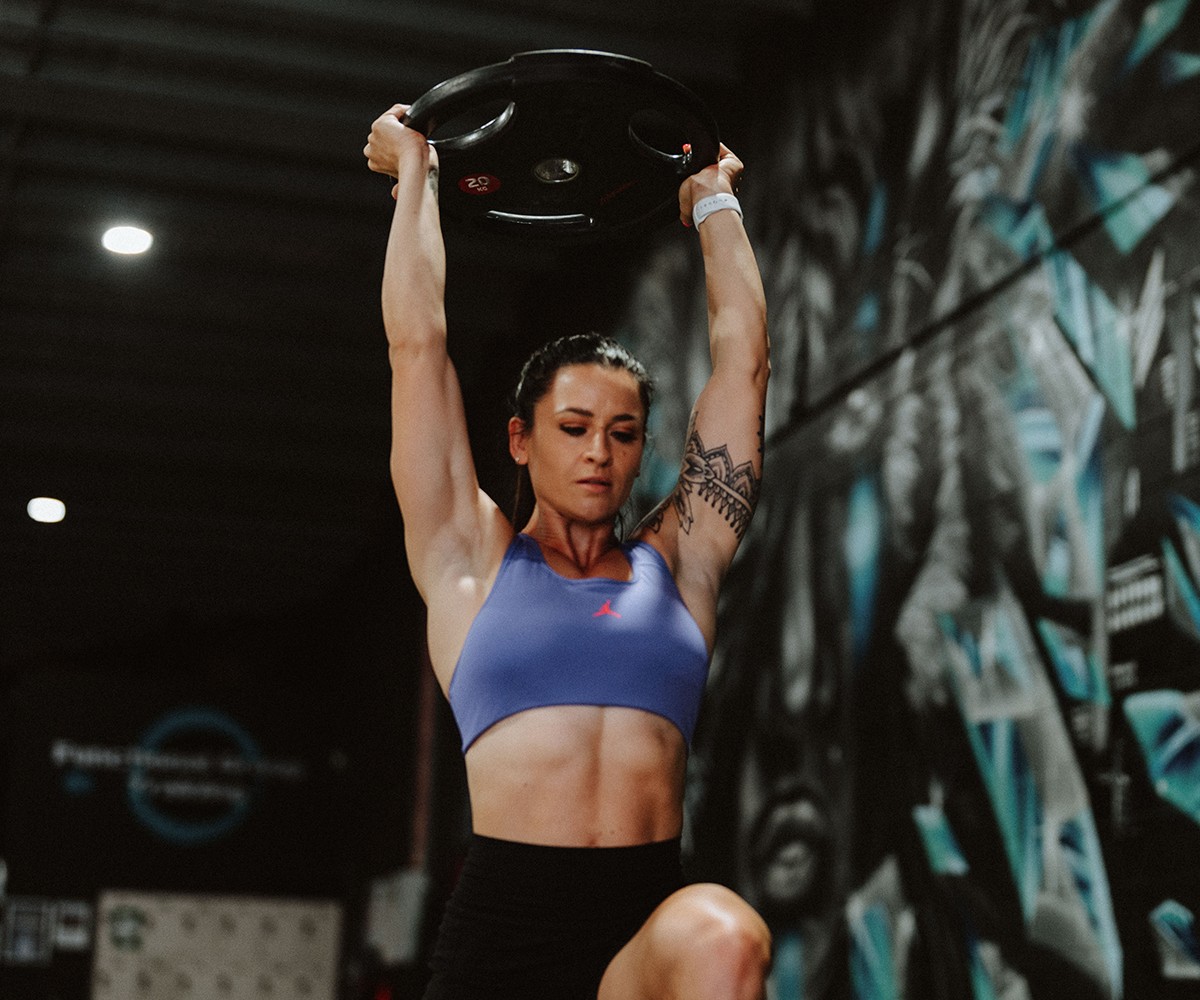
A general guide to volume to ensure progression that I follow and sourced from Renaissance Periodization. This is a good guide to keep whether it is in your head or tracked in a workout app/diary to ensure you’re progressing.
- Week 1-2 10 Sets per muscle group
- Week 3-4 12 Sets per muscle group
- Week 4-5 14 sets per muscle group
- Week 5-6 16 sets per muscle group
- Week 7-8 18 sets per muscle group
- Week 9-10 20 sets per muscle group
- Week 11 Deload week (6 sets, 60% of your normal lifts and return to week 1 after). Deload’s are essential to let your body rest and ensure you can push for heavier weights in the next training block.
NOTE: These sets are not including warm-up sets. Everyone knows that you need to warm up so I don’t need to go into this but generally I would perform 1-2 sets before my working sets but still tracking the weights lifted during these sets as it contributes to the volume of your workouts.
Workout intensity and tracking “time under tension”
Intensity can be harder to track especially if you aren’t tracking the time of rest you are getting between sets. However, intensity includes how you execute the reps within a set. If you’re at a sticking point with your volume and you can’t progress weights or sets try adding slower reps or pause reps. This will add that extra workout stimulus to keep progressive overload.
Another way to add intensity is to use a workout partner to create resistance while you’re bench pressing by pushing down on the bar and you are fighting the weight at the same time. Drop sets are another alternative however make sure you track these as these can account for a lot of volumes if you’re doing them every day.
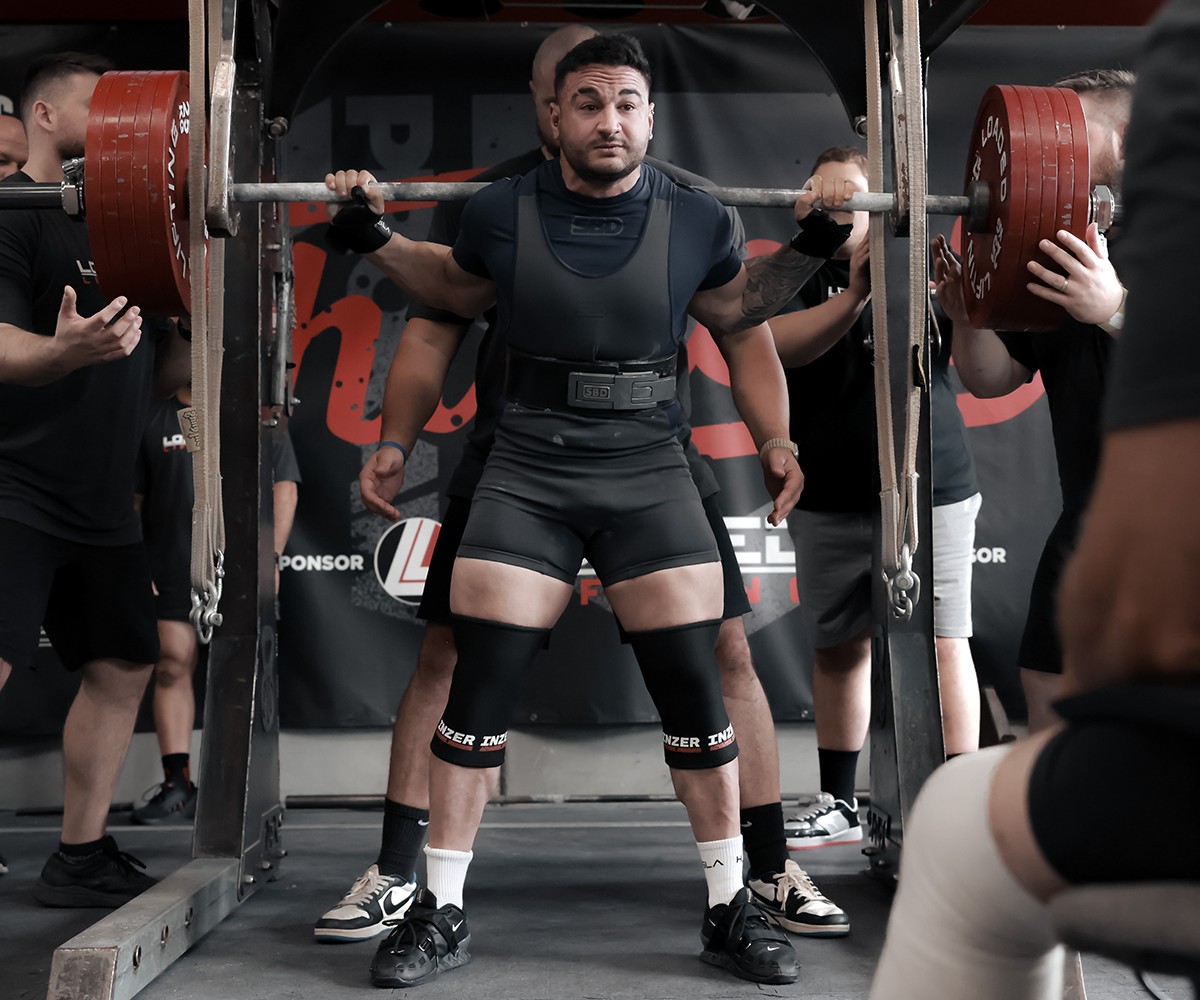
Frequency - Try to train each muscle group twice per week
When comparing studies that investigated training muscle groups between 1 to 3 days per week on a volume-equated basis, the current body of evidence indicated that frequencies of training two times per week promote superior hypertrophic outcomes compared to one time.
There are multiple ways this can be set up in a workout plan, but here is an example of how you could incorporate it into your week.
Don’t fall for the standard bodybuilding split that you would see most people doing every day and don’t know any different such as:
- Monday – Chest
- Tuesday – Back
- Wednesday – Rest Day
- Thursday – Legs
- Friday – Shoulders and Arms
Backed by science, here is an example that will get you training in the most effective way possible:
Workout 1 - Chest, back and legs
- Squat
- Seated Row
- Stiff leg deadlift
- Chest Press
- Hamstring Curl
- Chest Fly
Workout 2 - Shoulders, back and legs
- Shoulder Press
- Deadlift
- Leg Press
- Pull-ups
- Shoulder Raises
- Leg Extensions
Workout 3 - Chest, back shoulders
- Bench Press
- Shoulder Press
- Rear Delt Fly
- Lat Pull Down
- Seated Row
- Incline bench press
- Front raises
This is just an example if you only have time to go to the gym for 3 weight sessions per week, and helps double up on commonly lacking body parts including calves, forearms, and traps. Just remember to track all these accessory movements because if you don’t, you won’t be training as effectively as possible.

Training is sorted now comes what to eat and determining your goal
Whether you have gained or lost weight, your goal may differ.
If you are someone who has lost muscle and is looking to regain it, I would suggest eating at maintenance calories or in a small surplus as you will be welcoming a new training stimulus and your body will need those extra calories to utilise muscle memory as previously mentioned. You might also be looking to work to develop a certain area of your body, such as grow bigger forearms or work on your legs.
Look no further than this blog post to determine your calories for a lean bulk.
Maybe you have put on some unwanted weight in iso and decide to do a shred before summer hits. It is important not to be hard on yourself as there have been limited options to train during iso and life has been hectic and stressful for so many of us. Check out this article and work out the calories required to put yourself in a calorie deficit.
Don’t forget supplements!
Supplements are essential in my opinion if you are serious enough about your goals and treating your body right. The essentials I would start with is a protein powder such as WPI or WPC for muscle growth, Thermowhey for fat loss or Earth for anyone plant-based.
These are the essentials but there is one more science-backed supplement I would recommend creatine. Creatine is the most effective supplement for increasing muscle mass and strength (Mawer 2017). Research has indicated that supplementing with creatine can double your strength and lean muscle gains when compared to training alone.
Check out this guide for further info on how to use creatine and the benefits you can expect.
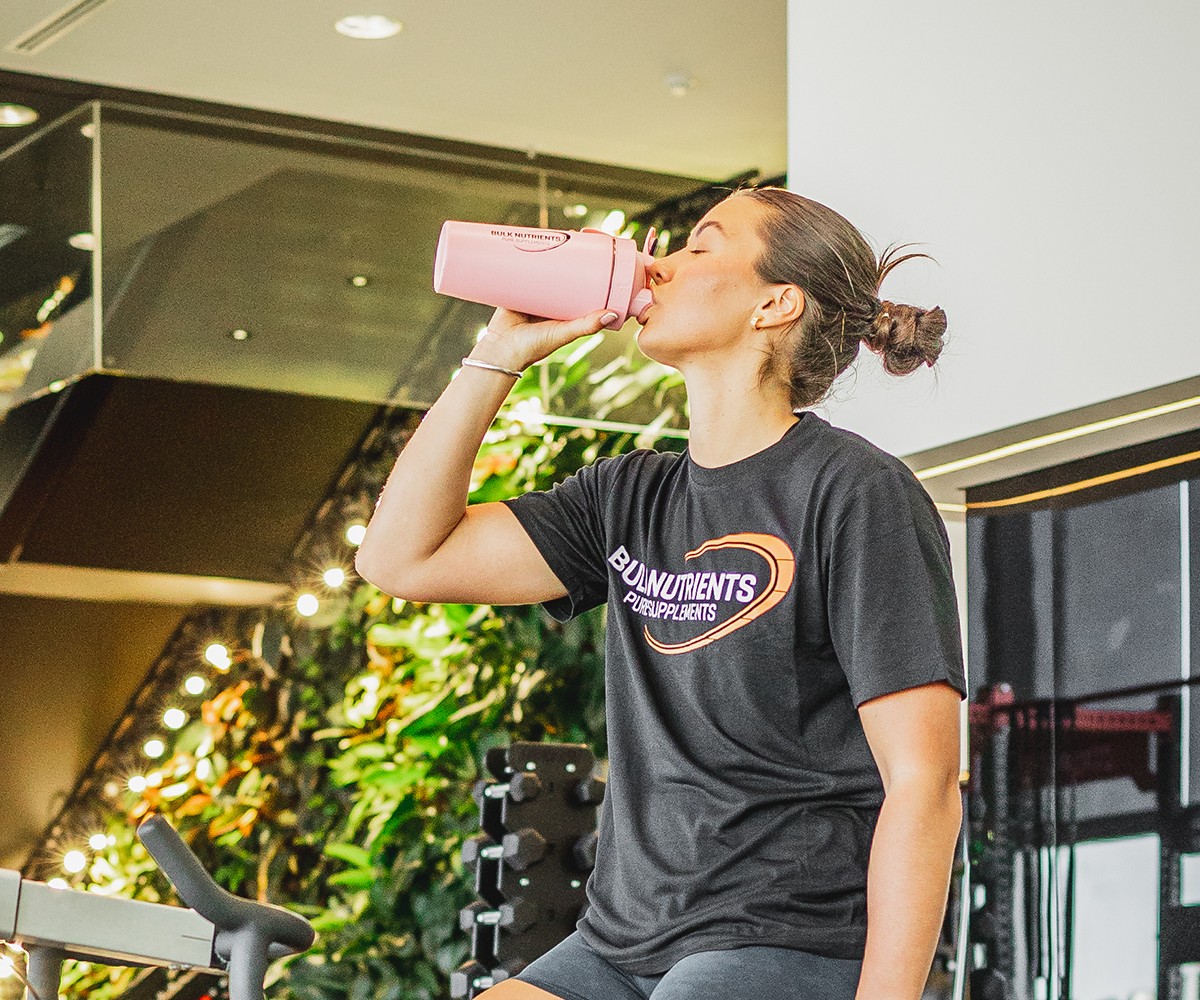
Hire a coach
f you need extra motivation or you don’t have the time to worry about educating yourself get yourself a coach! I am sure everyone knows a PT to support them!
Here at Bulk Nutrients, we have a lot of experts including:
- Andy Leigh is a fitness trainer with an online platform at Team Accountable.
- Helena Sly - Online Nutrition Coach, Physique & Lifestyle Coach and black belt.
All these coaches have something different to offer and are extremely knowledgeable in their fields. Go check them out!
Hope you enjoyed this article and took away how to apply progressive overload and how to use muscle memory when hitting the gyms soon! Stay strong everyone.
We have a second blog on master your return to the gym in the safest and most effective way.
Further Reading on making the most of the Gym 💪
Check out these great gym related articles from the Bulk Blog:
Ben Disseldorp
References:
- Matthews (2014) "Muscle Memory is real and here’s how it helps you build muscle fast”. Retrieved on 22th September 2020 from https://legionathletics.com/muscle-memory/.
- Brad J. Schoenfeld, Dan Ogborn, James W. Kriger (2016) "Effects of resistance training frequency on measures of muscle hypertrophy: A systematic review and meta- analysis”. Retrieved on 26th September 2020 from https://link.springer.com/article/10.1007/s40279-016-0543-8.
- Dr. Mike Isratel, Co-founder and Chief Sport Scientist (2017) “The hypertrophy training guide central hub”. Retrieved on 30th September 2020 from https://info.rpstrength.com/guides/.
- Mawer (2017) “How creatine helps you gain muscle and strength”. Retrieved on 30th September 2020 from https://www.healthline.com/nutrition/creatine-for-muscle-and-strength.
